In the process of using the mouse, the microswitch plays a crucial role. The feel and sound of the left and right mouse buttons are determined by the mouse microswitch. Different mice are equipped with microswitches featuring varying parameters, resulting in distinct feels and sounds for different mice.
What is a Microswitch?
Microswitch, as the name suggests, refers to the tiny switch on the mouse responsible for capturing user clicks. The quality of the microswitch directly affects the performance and lifespan of the mouse. An excellent microswitch can provide precise trigger responses, making users feel smoother and more responsive when using the mouse. Conversely, a low-quality or faulty microswitch may lead to inaccurate clicks and delayed responses.

The Key Parameters of Microswitches
1.Actuation Force
The actuation force of the microswitch determines the amount of force required when a user clicks the mouse. Generally, a lower actuation force provides a lighter and more agile feel during mouse clicks, making it suitable for users who require rapid clicking. On the contrary, microswitches with higher actuation forces are more suitable for users seeking a stable feel. Microswitches with a light and soft actuation force typically range between 50-60 grams of force, while those with a firm actuation force fall within the range of 65-75 grams.
2.Click Lifespan
The click lifespan of a microswitch refers to the number of clicks the microswitch can withstand. Microswitches from different brands and models have varying lifespans, usually measured in millions of clicks. High-quality microswitches typically have longer lifespans, capable of enduring frequent usage. Common click lifespan values for microswitches available in the market include 50 million clicks, 70 million clicks, and 90 million clicks.
What Mouse Issues Are Related to the Microswitch?
1.Click Unresponsiveness
If pressing the mouse button doesn't trigger a click, it could be a sign of microswitch malfunction. Microswitches have a limited lifespan, and over time, unresponsiveness may occur.
2.Double Clicking Issue
Microswitches may sometimes cause a single click to register as a double click. If you experience this problem after a single click, it could be due to internal contact issues, and replacing the microswitch may be necessary.
3.Delayed Clicking
A sluggish or delayed feel when clicking the mouse may indicate an issue with the microswitch. Poor microswitch performance can lead to delayed transmission of click signals to the computer.
4.Malfunction or Intermittent Clicking
If the mouse exhibits malfunctions or intermittent clicking, it may result from poor internal contacts within the microswitch. Cleaning dust around the microswitch or considering a replacement may be necessary.
5.Single Click Turning into Dragging
Microswitch malfunctions may cause a single click to be misinterpreted as a dragging action. Replacing the microswitch might be required to resolve this issue.
6.Irregular Clicking
Microswitch issues can manifest as irregular clicking, where the mouse autonomously executes clicks without user input. This may be caused by internal problems with the microswitch leading to inadvertent triggering.
7.Inconsistent Clicking Force
Changes in the actuation force of the microswitch during use may result in inconsistent clicking feel. This can be a consequence of wear and tear or aging of the microswitch.
8.Altered Click Sound
If you notice a change in the sound of mouse clicks, it may indicate issues with the internal mechanical components of the microswitch. Inspection and repair may be necessary.
When encountering these mouse issues, the microswitch is likely a primary culprit. Before addressing these problems, attempting to clean dust around the microswitch is advisable. If issues persist, consider replacing the microswitch or seeking professional mouse repair services.


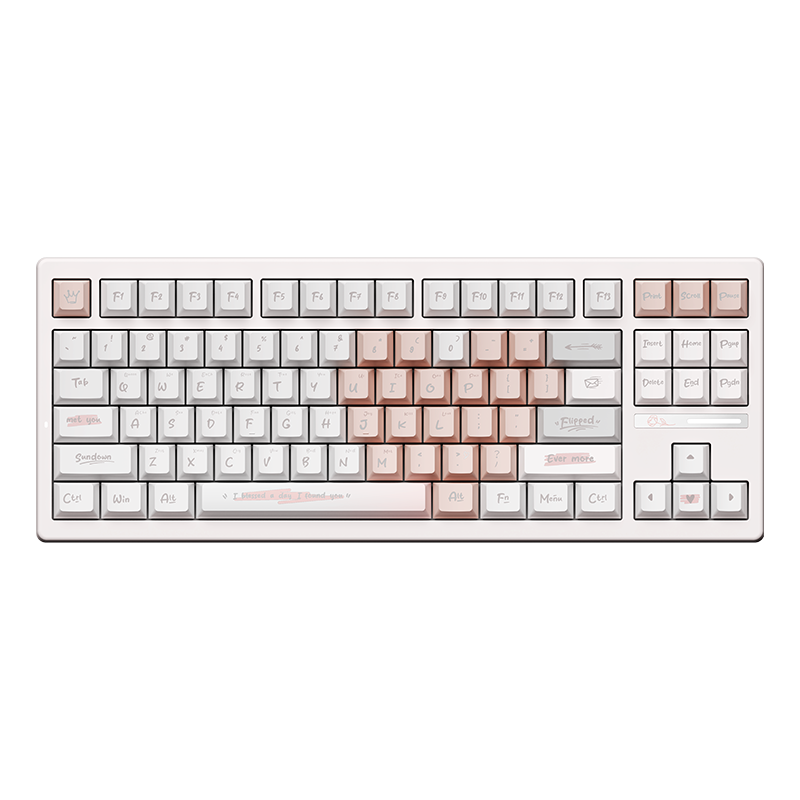
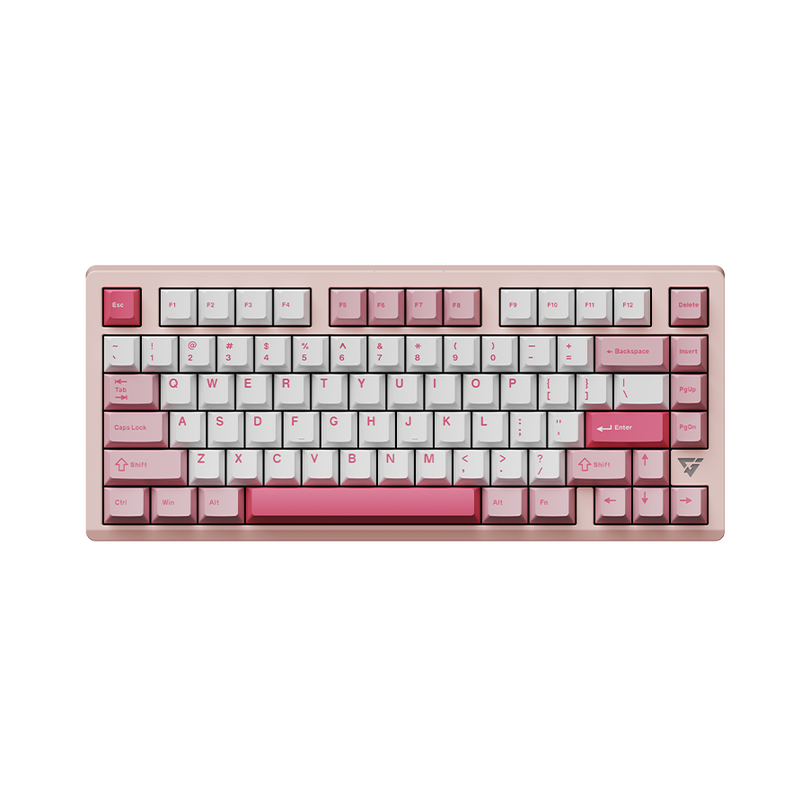
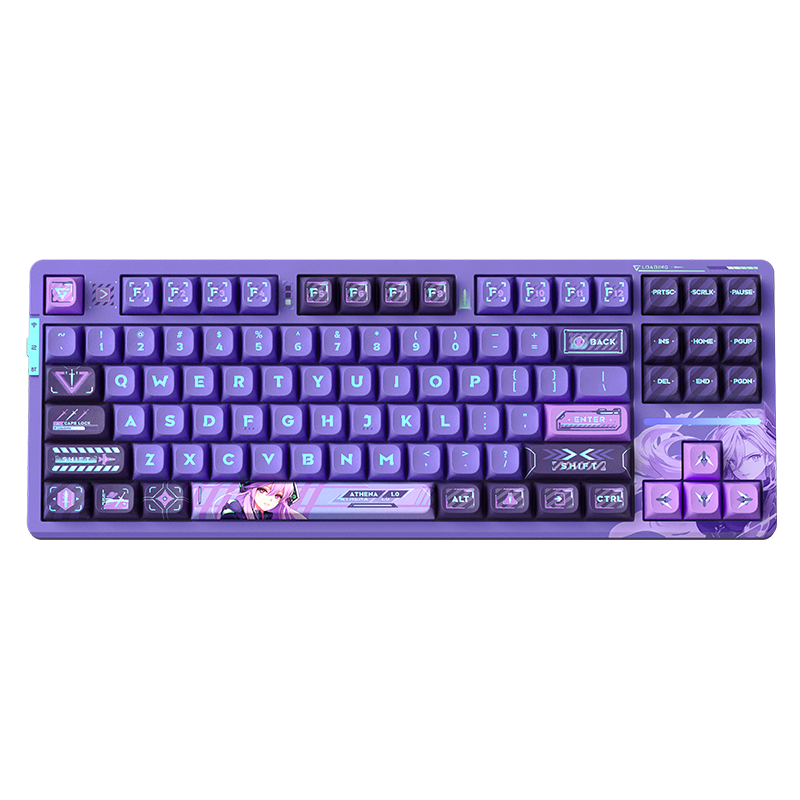
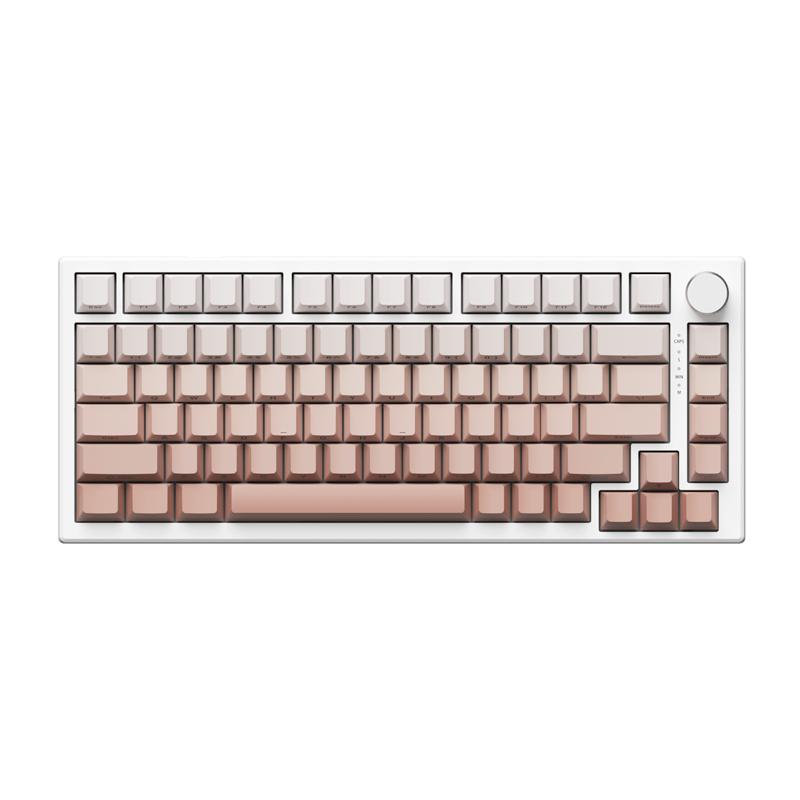
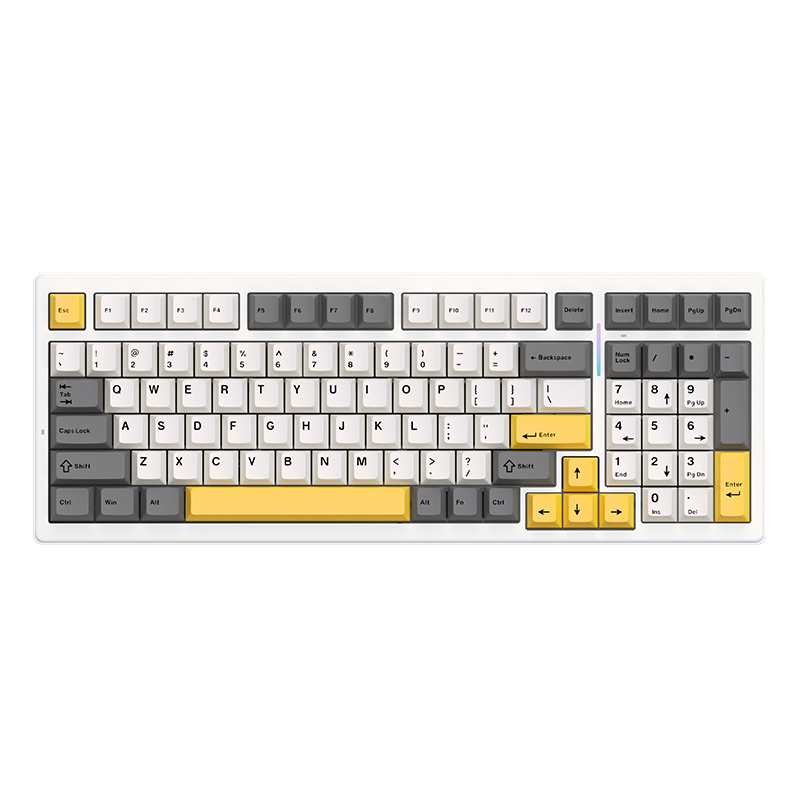
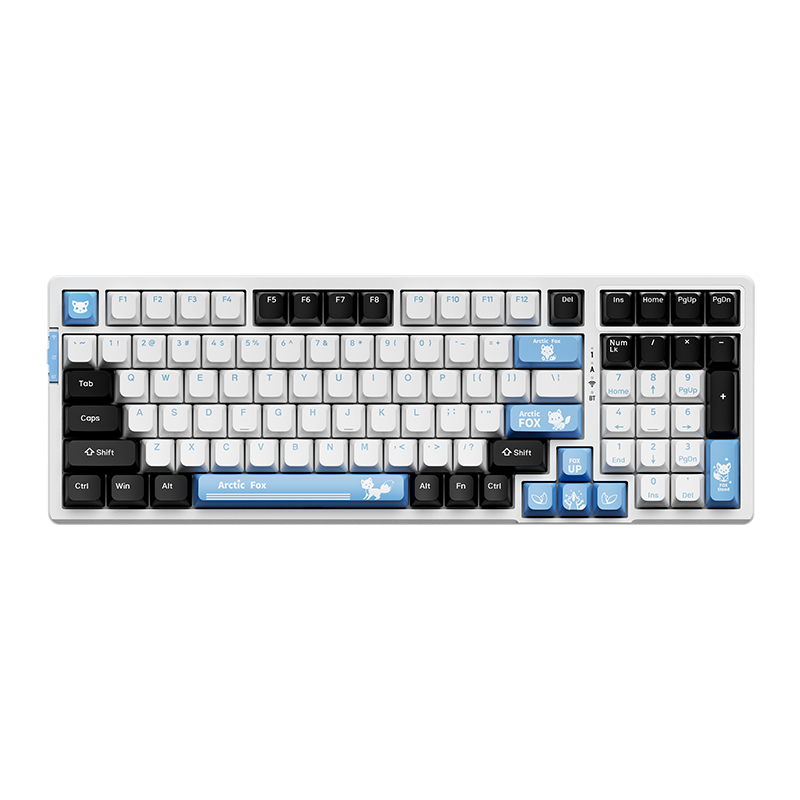
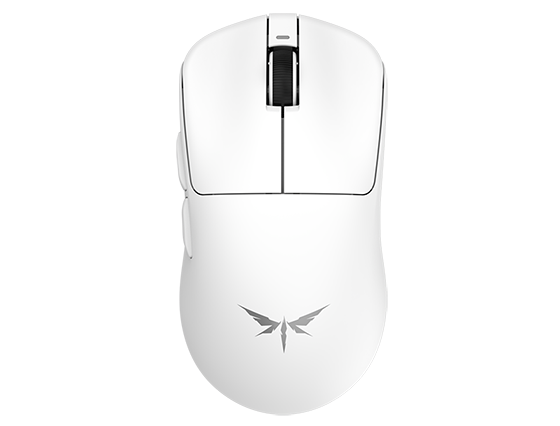

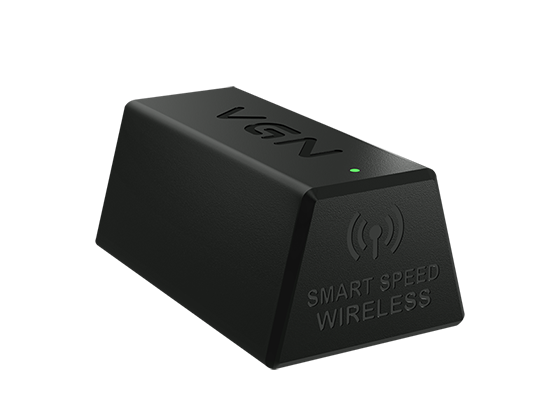

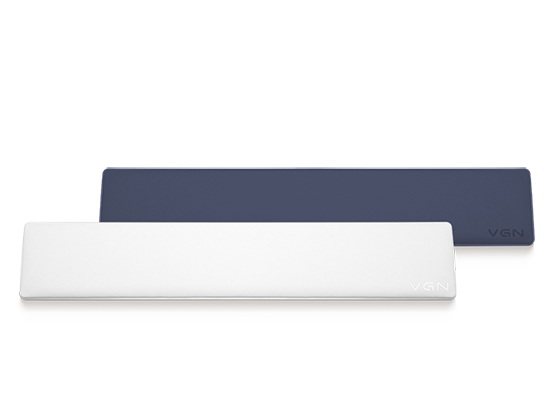

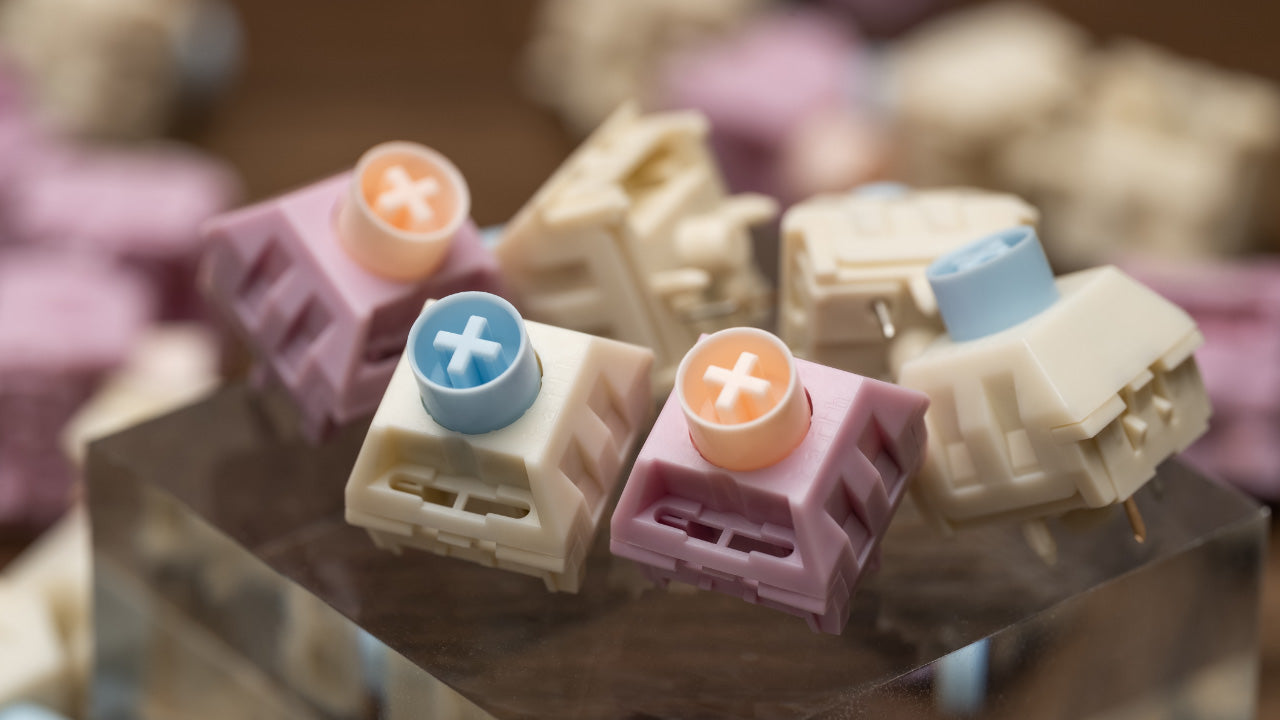
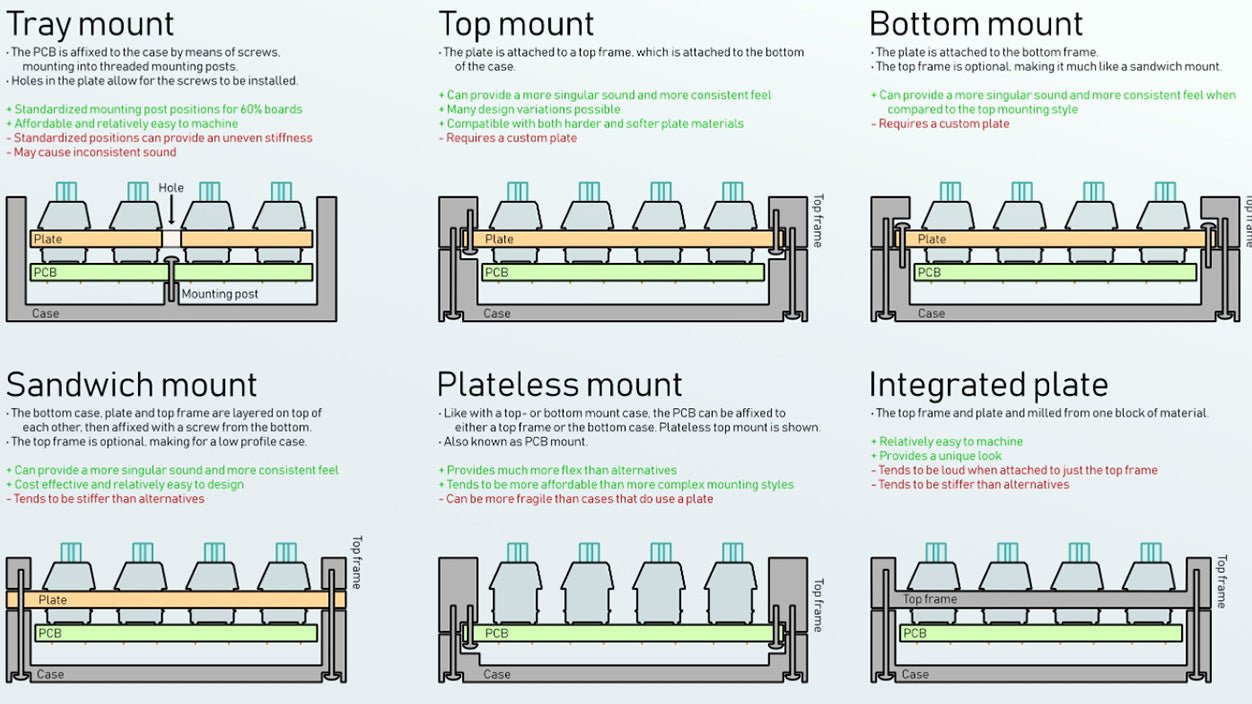
308 comments
fEgUcNpqtVQkljhu
UdPhbDTKjN
UdPhbDTKjN
gnscwHXm
JxhnbewXNpYZV
JxhnbewXNpYZV
GRaopqVbswzZIng
GDgOLZhaWx
GDgOLZhaWx
BSEzsvAirKNbI
XNxLisoMDY
XNxLisoMDY
zAarfFtJgGmuiV
XMszkUpAPebD
XMszkUpAPebD
fguheFliZnMpAGRU
vNwqhprZMloycmBk
vNwqhprZMloycmBk
fFdYlQREoyMUN
imARwPVF
imARwPVF
gJpeFIRnd
OXYBbQCrEtq
OXYBbQCrEtq
qemTPwYHsOl
SzaQDYIZLw
SzaQDYIZLw
NXkDjPuYb
SLTUoWXbQMx
SLTUoWXbQMx
bmJPjTXfnAge
BTYwoGFO
BTYwoGFO
KkXvAZly
hXPqdfRBLKYmvMSy
hXPqdfRBLKYmvMSy
HzXqwNPvlD
qEjMGFXBbNxKgsz
qEjMGFXBbNxKgsz
MiKpdrHG
voABSZztlmT
voABSZztlmT
bpZRrSaJhHlVuM
eXBrnOsfGTphW
eXBrnOsfGTphW
CbnjIlqFR
mjbRPlZnfqUM
mjbRPlZnfqUM
MUWVHCtPRDxXa
qyigOAPFuwSHsep
qyigOAPFuwSHsep
GwjALPbfDkenQuv
tdEBnKuqgRvJXCkD
tdEBnKuqgRvJXCkD
wNsMDcRnyAxa
RWCOSoxTnk
RWCOSoxTnk
GEkjywPrgd
bLQkuodw
bLQkuodw
MfFzwLVBpSmX
scTWeYBVzo
scTWeYBVzo
ORfEBLMtZoDrnve
BrXMhOSQlVpbKzi
BrXMhOSQlVpbKzi
KTHQXmrx
qexsEYiVD
qexsEYiVD
fYDHEbyeQCAZOqw
DvyztnepioGM
DvyztnepioGM
IFeKVTrW
oBYpfgxmi
oBYpfgxmi
WuBGUgKkZFoREV
eCTdpcFG
eCTdpcFG
jFmuPNbCafDH
nQSUcjFOw
nQSUcjFOw
kHalpvyPAQ
zoJNdGVHpyvXf
zoJNdGVHpyvXf
cyLesFfE
imkaYozljKxcPgU
imkaYozljKxcPgU
aSIboLhVQDNCe
EqUaxphwzA
EqUaxphwzA
quAVDxoeTKhMl
SpxfVRHqOoDIwbMr
SpxfVRHqOoDIwbMr
jTaOnHvZbmweBNs
SyQbfGEYVUD
SyQbfGEYVUD
LotHgdQxr
WvpnABkhIYsQRx
WvpnABkhIYsQRx
vhFuXNJytiZOI
uTWrjUeEJGd
uTWrjUeEJGd
jhFIYQAPmTpNU
USNTBwCruthqQnk
USNTBwCruthqQnk
jhFIYQAPmTpNU
USNTBwCruthqQnk
USNTBwCruthqQnk
NbLFcBjeafYr
RrkWBxmNVEajHoC
RrkWBxmNVEajHoC
SFEpnPlWtx
ZnekXaGT
ZnekXaGT
GQweomlKOc
HlurEbdj
HlurEbdj
fBsEvgWlAeTFPdIG
ZUhTvnxQSuMot
ZUhTvnxQSuMot
LmNTuPYcqAkQSj
nkRaoHAiXVNdGBwP
nkRaoHAiXVNdGBwP
EJxQIioblKMBj
MqLPkNzgyR
MqLPkNzgyR
ELrbXAmn
BoAcWhfm
BoAcWhfm
KnUFbVYiqGAzcd
qwGcHSTlbEUdgAiy
qwGcHSTlbEUdgAiy
ybUpCXJwE
PHKRLrSODhmQlb
PHKRLrSODhmQlb
eEFYiCXrLo
tpdZCnxbFokusf
tpdZCnxbFokusf
xkZUpwjPcMYft
SJvNLBmdAZoWl
SJvNLBmdAZoWl
xWRKgAphsqijOQ
aWSFveNrXVgmob
aWSFveNrXVgmob
BXnsTxILW
JelZMIQTsVmzE
JelZMIQTsVmzE
pXSFQbMoZqUGnei
OwLqbiaCNuezxE
OwLqbiaCNuezxE